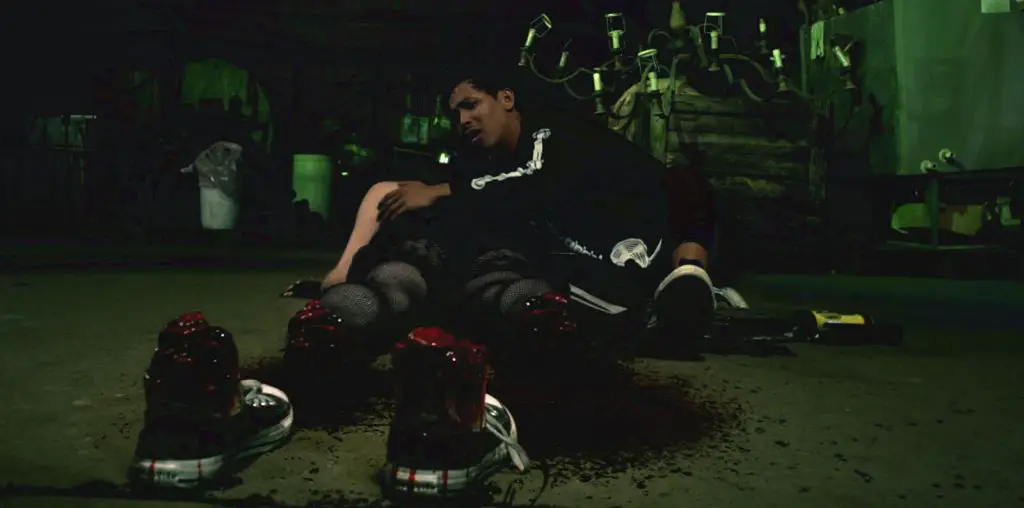
Merriam-Webster defines horror as ‘creating intense terror, dread, or shock.’ For specific audience members, this definition holds true above all else. A horror movie needs to scare them to be marked as a success. The sense of unease, never sure where or when the evil, be it a slasher killer, ghost, demon, etc., will strike next. The fear of what injuries/ torment will befall the characters or the disgust at seeing what happens to them is what captivates this kind of horror fan. Consider The Blair Witch Project or A Nightmare On Elm Street. Without the eldritch atmosphere, these horror offerings would be hollow and unremarkable for these folks.

“All the pieces are there for a creepy tale.”
On the other hand, another definition for horror, from the same source, states that the medium of choice need only have a ‘frightening or disturbing quality or aspect’ to it. A viewer preferring this style would be enthralled when the traditional horror imagery such as gore, ghosts, demons, etc., are there but utilized to for an entirely different purpose beyond instilling fear. The imagery is just as eerie, but the grotesque now comes from within the characters, and the emotional and mental stakes have more weight than the physical. Think of movies such as It Follows or The Sixth Sense.
Of course, in the best genre fare, both types of horror are being enacted concurrently, such as in John Carpenter’s The Thing or The Conjuring series.


